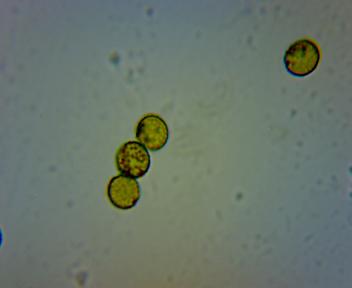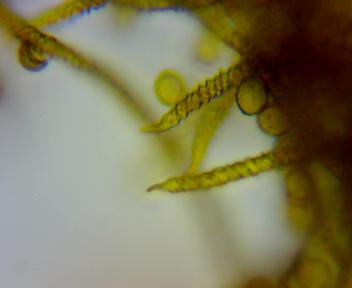Oak Burl
 Fri 2012-04-06
Fri 2012-04-06 From two years ago: a young oak tree with a large burl. The cause of these growths is not well understood but they could be the result of physical injury or infection by insects, fungi, bacteria or even viruses. The wood in them is apparently prized by woodworkers for its interesting grain. This tree is now dead (but still standing).
Photos taken in the Wilderness, Whiteknights Park, Reading Univertsity grounds, Reading, UK on 2010-04-05.




